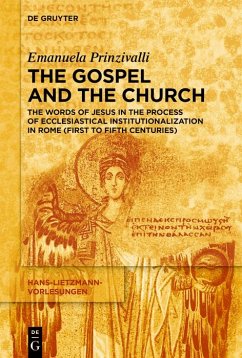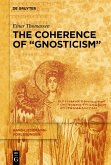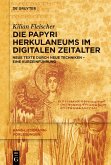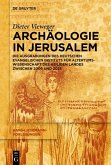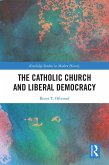The analysis focuses on the Church of Rome, which played a crucial role among various Christian groups from the first century onward and continued to do so over the centuries, particularly in Western Christianity. The timeframe considered extends up to the pontificate of Boniface I (418-422), a convenient, though provisional, endpoint. However, the study also ventures into the subsequent period to examine the first preserved homiletic corpus of the Church of Rome, that of Pope Leo the Great (440-461). This approach enables a comparison with earlier sources, illustrating any differences between the homiletic mode of expression concerning the memory of Jesus and what is conveyed in official letters. In this way, the study offers both specialists and a broader audience of interested readers a fresh perspective on the history of Christianity and its churches.
Dieser Download kann aus rechtlichen Gründen nur mit Rechnungsadresse in A, B, BG, CY, CZ, D, DK, EW, E, FIN, F, GR, HR, H, IRL, I, LT, L, LR, M, NL, PL, P, R, S, SLO, SK ausgeliefert werden.

